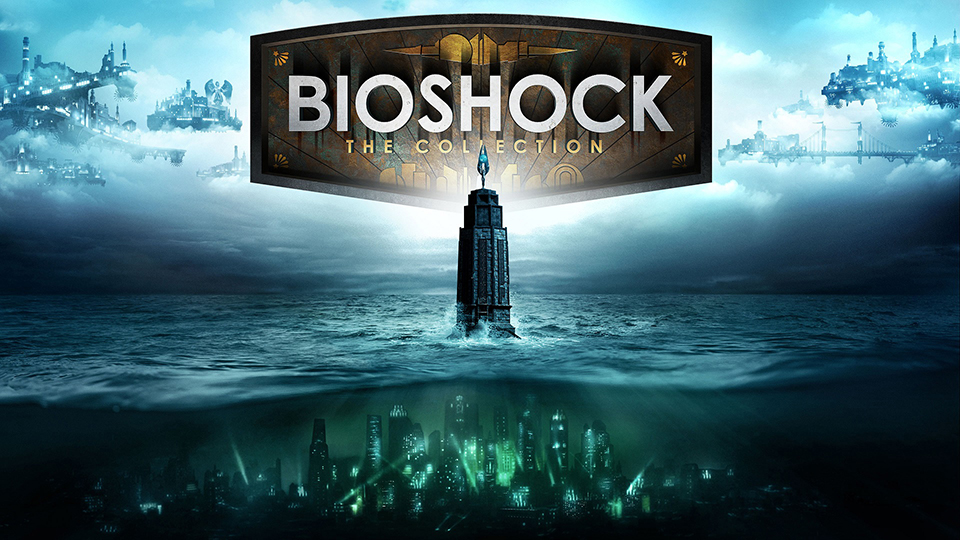Video games come in two varieties: games a player stops playing because they want to and games a player stops playing because they have to. The Bioshock series definitely exemplifies the latter. For newcomers, the games feature incredibly atmospheric first person shooter gameplay and place a heavy emphasis on their stories. Bioshock makes clever use of role-playing game elements and encourages exploration through its well-constructed worlds with plots full of interesting ethical questions dealing with everything from Ayn Randian Objectivism to historical revisionism.
Worth the price of admission.
When the first Bioshock game came out in 2007, it received extensive praise from critics and fans alike. That said, many games from 2007 have aged horribly as gaming evolved and standards changed. The release of “Bioshock: The Collection” raises the question of whether older Bioshock games hold up to modern standards.
Good news: for the most part, these games hold up. Obviously the most recent game, “Bioshock Infinite” from 2013, holds up just fine on all fronts, with the best story and the smoothest gunplay of the three. Honestly, this game alone is worth the price of admission.
Further, the city of Rapture from Bioshock and Bioshock 2 still looks incredible. A lot of love went into crafting that world. The level design encourages the player’s exploration. For their effort, players receive great bits of story and plenty of new toys for destroying enemies.
Although the most important experience of the collection, the original Bioshock provides the least tight experience. Once-standard game mechanics like dedicated melee weapons feel decidedly outdated. Cycling from the machine gun to the wrenches and back again while in the middle of tense battles only frustrates, and further, older gameplay issues linger. There is still no penalty for dying, the combat still needs fine tuning and the plot is still two chapters too long.
Re-release a little lazy
Bioshock 2, the black sheep of the three, features improved gameplay, but at the cost of the story. It looks better, sounds better and plays better, but true investment remains elusive due to a lack of player motivation. In all fairness, the remaster never promised to improve Bioshock’s structure, only its graphics. In that aspect it mostly succeeds. PC gamers might not notice much change, but console players and diehard fans will certainly notice vast improvements in the details. New shaders and lighting make the ruined city of Rapture that much more atmospheric, and even the most minute textures feature improvements. Unfortunately, nobody bothered to fix the 2007-style lighting bloom in the remastered first Bioshock, sometimes resulting in washed-out art and text on the game’s many posters. However, the aesthetic changes seem respectful and welcome, if a bit underwhelming.
The upshot is that the games are excellent, artful even, but this re-release is a little lazy. The graphics upgrades seem noticeable, but minimal. Do not buy it just for the developer commentaries — they will be on YouTube probably by the end of this sentence. Surely these games retain their essential place in gaming literature, but gamers should not rush for this re-release.







